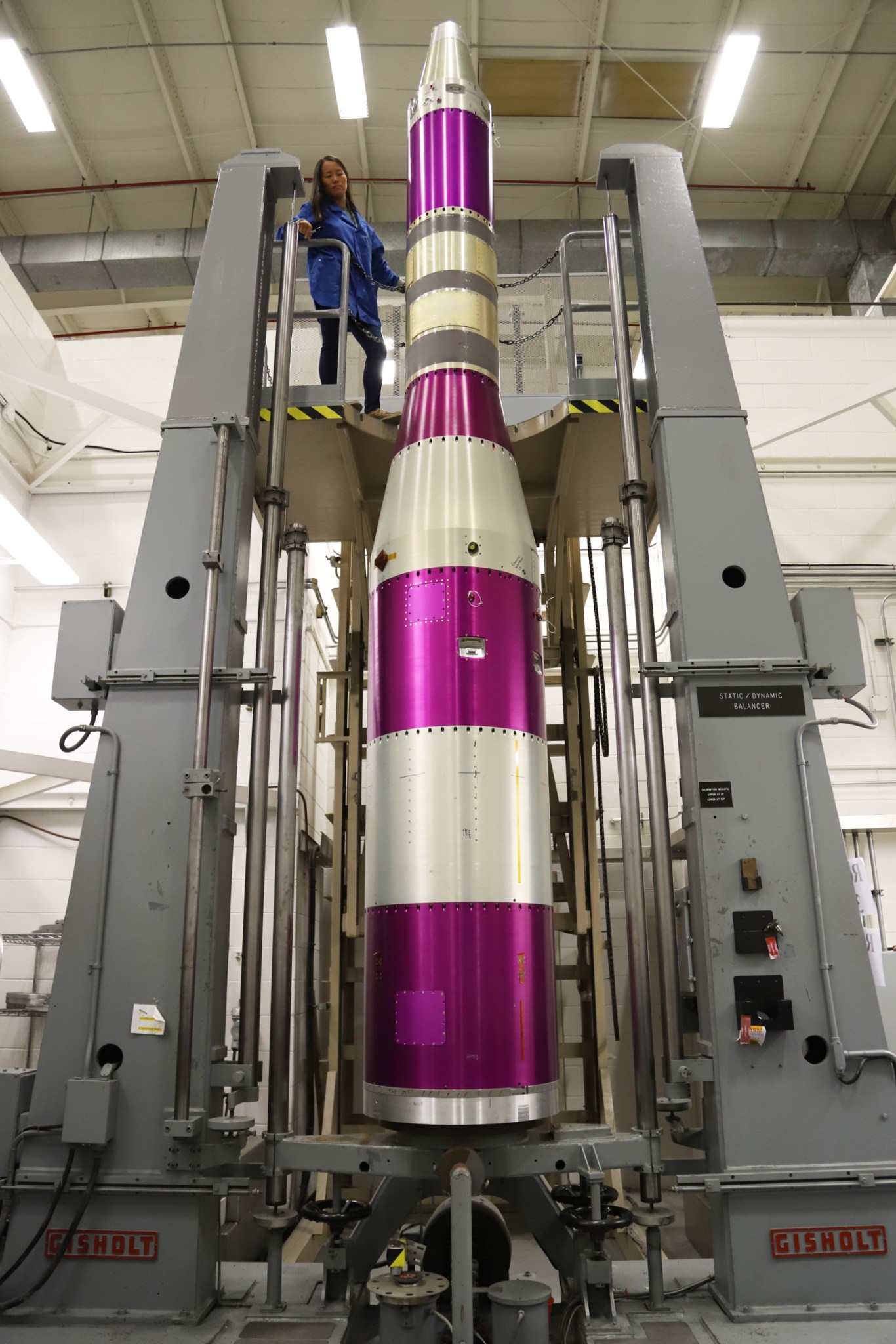
NASA will conduct the third in a series of parachute tests for possible future missions to Mars during the flight of a Terrier-Black Brant IX suborbital sounding rocket in the morning on Sep. 7, 2018, from the agency’s Wallops Flight Facility in Virginia.
The launch window for the 58-foot tall rocket is from 9:30 a.m. – 12:30 p.m. EDT. The backup launch days are Sep. 8 – 15.
The rocket will carry the Advanced Supersonic Parachute Inflation Research Experiment (ASPIRE) from NASA’s Jet Propulsion Laboratory in Pasadena, California.
The payload carrying the parachute test article is expected to reach an altitude of 32 miles approximately 2 minutes into the flight. The payload will splash-down in the Atlantic Ocean 40 miles from Wallops Island and will be recovered and returned to Wallops for data retrieval and inspection.
The payload is a bullet-nosed, cylindrical structure holding a supersonic parachute, the parachute’s deployment mechanism, and the test’s high-definition instrumentation — including cameras — to record data.
The NASA Visitor Center at Wallops will open at 8:30 a.m. on launch day for viewing the flight. The rocket launch is expected to be only seen from the Wallops area.
Live coverage of the mission is scheduled to begin at 9 a.m. on the Wallops Ustream site. Launch updates also are available via the Wallops Facebook and Twitter sites.

ASPIRE is managed by the Jet Propulsion Laboratory, for NASA’s Science Mission Directorate, with support from NASA’s Langley Research Center in Hampton, Virginia, and NASA’s Ames Research Center in Mountain View, California. NASA’s Sounding Rocket Program is based at the agency’s Wallops Flight Facility. NASA’s Heliophysics Division manages the sounding-rocket program for the agency.
Banner Image Caption: The ASPIRE 3 payload goes through final assembly in the Wallops’ sounding rocket payload facility ground station. Credit: NASA/Berit Bland
By Keith Koehler
NASA’s Wallops Flight Facility, Wallops Island, Va.





























